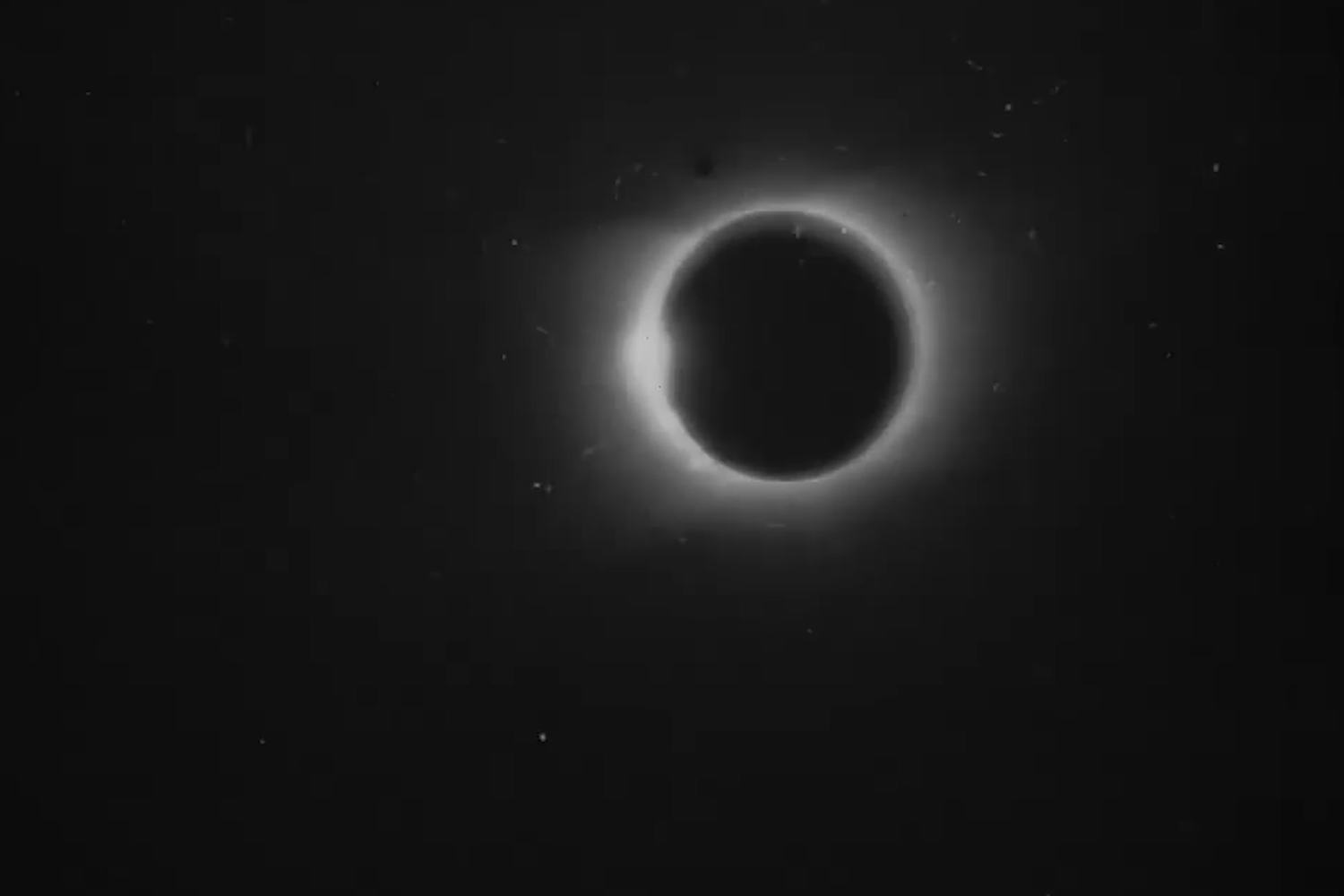For centuries, people have been clamoring to glimpse solar eclipses. From astronomers with custom-built photographic equipment to groups huddled together with special glasses, this spectacle has captivated the human imagination.
Creating a Permanent Record
In 1860, Warren de la Rue captured what many sources describe as the first photograph of a total solar eclipse. He took it in Rivabellosa, Spain, with an instrument known as the Kew Photoheliograph. This combination of a telescope and camera was specifically built to photograph the sun.
Forty years later, Nevil Maskelyne, a magician and an astronomy enthusiast, filmed a total solar eclipse in North Carolina. The footage was lost, however, and only released in 2019 after it was rediscovered in the Royal Astronomical Society’s archives.
